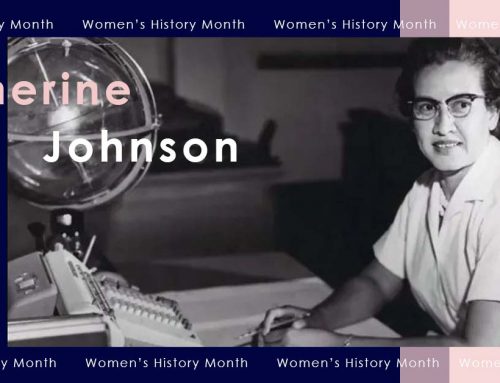What’s the Sitch
♫ You’re making your way downtown walking fast, faces pass, and you’re homebound ♫ … actually you are going downtown but you have to get out of the building first. You step into the elevator relieved that it’s the end of the day and you can finally relax when suddenly you come face to face with a CEO. It just so happens that this is the exact CEO you would like to work for. Suddenly you have to think fast and decide to do the infamous elevator pitch, but you have never practiced, or even had anything prepared, and just end up throwing out a bunch of word nonsense leaving the impression of “the weirdo to avoid on the 6th floor” instead of “that ingenious person they want to hire.” The best way to avoid this disaster is by carefully putting together and practicing your 30-second pitch until it is bulletproof. There are many videos that explain how to set up your pitch and examples of how to execute it. Here are some of the fundamentals and necessities when it comes to making your perfect pitch.
1. Don’t Be Shy Say Hi!
It may seem juvenile to have to include this step but when you have to be quick on your feet you may forget the little things like actually introducing yourself. You want to make yourself memorable and unique by mentioning what is most important and makes you stand out. Mention your most recent accomplishments or projects that have been successful to give an idea of what you can do for them. Tell them about what you can bring to the table as opposed to anyone else in the field.
2. Give Context
Giving context for your background could include anything from giving specifics on what it is you’re trying to do with your company/idea to simply explaining what field you are looking to expand in. Give a brief description of what you aspire to do and what you’re doing to get there in a simple and clear way.
3. Make A Connection
The best way to make a connection is by throwing in a personal example that builds that sense of reliability through the example of a satisfied customer. In showing that you have satisfied clientele you are proving what it is exactly you can provide, as well as giving yourself a good sense of validity.
4. Coffee’s For Closers
Once you’re done presenting what it is you have to offer it is now time to ask for what it is they want from you if anything. They will typically respond with whether or not they are interested or if they would like to know more about your services. It’s always best to have a business card at hand to give out to keep in contact but also mention that you will be responding directly to follow up. The ultimate goal is to have a meeting set up or something concrete to continue the conversation by the end of the pitch.
The Execution
Of course, formulating the pitch is an important part but the execution
is just as important. Your body language and tone can give off completely different signals depending on how you are presenting yourself. In having so much to remember it is absolutely pivotal to remember that practice will be your best friend when it comes to having to memorize your pitch so much that you can focus on the smaller details such as body language. Body language help contribute to the overall tone of the conversation. Little to no movements make the conversation tense and awkward whereas having open movements can help better visually display what you are trying to explain as well as give your words a certain fluidity. However, it’s important to be careful with these movements as well because too much unnecessary movement may be perceived as untrustworthy. It’s best to go with intentional and precise movements. When talking directly to one person you must have your torso facing them to show them that you are presenting to them and receiving any of their own reactions in the process. Next to consider is the pacing and clarity of your pitch. Annunciation is extremely important as you will be giving a lot of information in such a short amount of time. The goal is to get the message across clearly and still give enough time to process what you’re saying. Knowing exactly what you want to say and how you’re going to say it helps avoid any stumbling and gives the impression of a composed person who’s confident in their own abilities. That being said, you want to consider the pacing of how fast you want to say everything. You want to get it done in a timely manner, but you also want to give them time to process all the new information without rushing or being too slow. To review, you want to have the confidence to sell yourself but also have the humility to show that you are willing to be flexible and grow within the company.
An Example
If you’re having trouble coming up with your own format on how to approach someone here’s a quick template that may help.
“Hello my name is_______ I’m with _______ company and we specialize with or work with _______. In the past, our services have been used with individuals and/or companies to _______. There was one particular customer where we (insert story here) and they really enjoyed it and even referred a friend to us. If you are interested I have a business card here and you could contact me to see if we could help you with anything in the future. Have a good day.”
Note: Do not use this exactly. You want to be genuine in the way you present yourself and make yourself as unique and memorable while leaving a good impression.
Elevate Yourself!
Even though it may seem difficult to put yourself and your ideas out there, don’t forget it’s possible to network anywhere, given the preparation and dedication, even in an elevator that for some reason seems to go a little faster than you remember when you’re talking to someone.







Leave A Comment